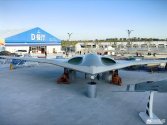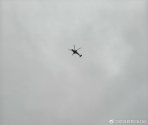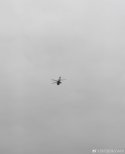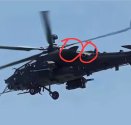Another point I forgot to mention in my earlier post, which I seemingly can't edit, is that helicopters have proven to be quite suitable to deal with slow flying, long range drones. While not exclusively limited to attack helicopters per say, especially the Ka-52, Mi-8 and Mi-24 in Russian service, as well as the Mi-8 and Mi-24 in Ukrainian service, have proven to be quite useful in that role. Engaging such targets either with missiles or with their gun armaments.
I think this is quite a valid point to consider as well. Given that fast moving jets are quite unsuited for that task and interceptor drones have their own issues as well. It's just another, quite recent, addition to the portfolio of the helicopter, which are versatile machines through and through.
And I agree with @gelgoog that especially heavier helicopters will probably retain their niche for a long time, while lighter types could be more easily supplanted by drones or militarized versions of civilian helicopters (H145M for example). Heavy attack helos maximize the strengths of attack helicopters in the modern battlefield. Weapon range is definitely something many strife to increase, as well as enhancing the sensor suites further and further.
I think this is quite a valid point to consider as well. Given that fast moving jets are quite unsuited for that task and interceptor drones have their own issues as well. It's just another, quite recent, addition to the portfolio of the helicopter, which are versatile machines through and through.
And I agree with @gelgoog that especially heavier helicopters will probably retain their niche for a long time, while lighter types could be more easily supplanted by drones or militarized versions of civilian helicopters (H145M for example). Heavy attack helos maximize the strengths of attack helicopters in the modern battlefield. Weapon range is definitely something many strife to increase, as well as enhancing the sensor suites further and further.




